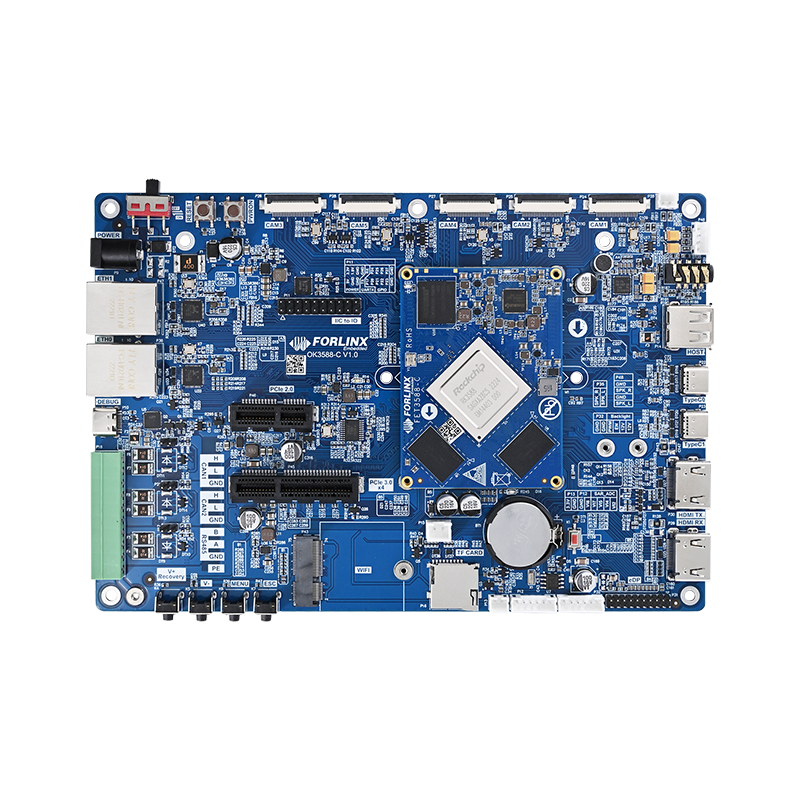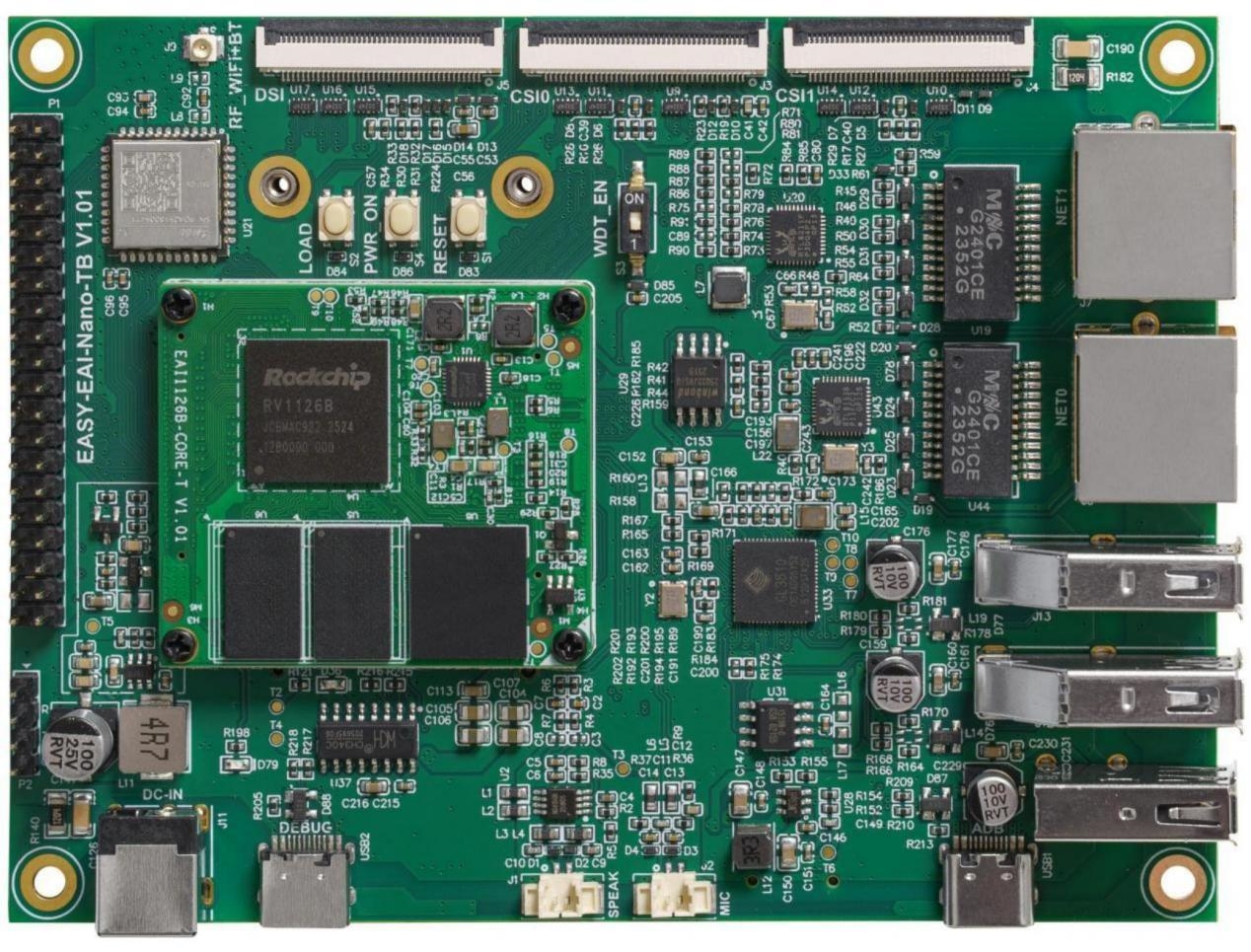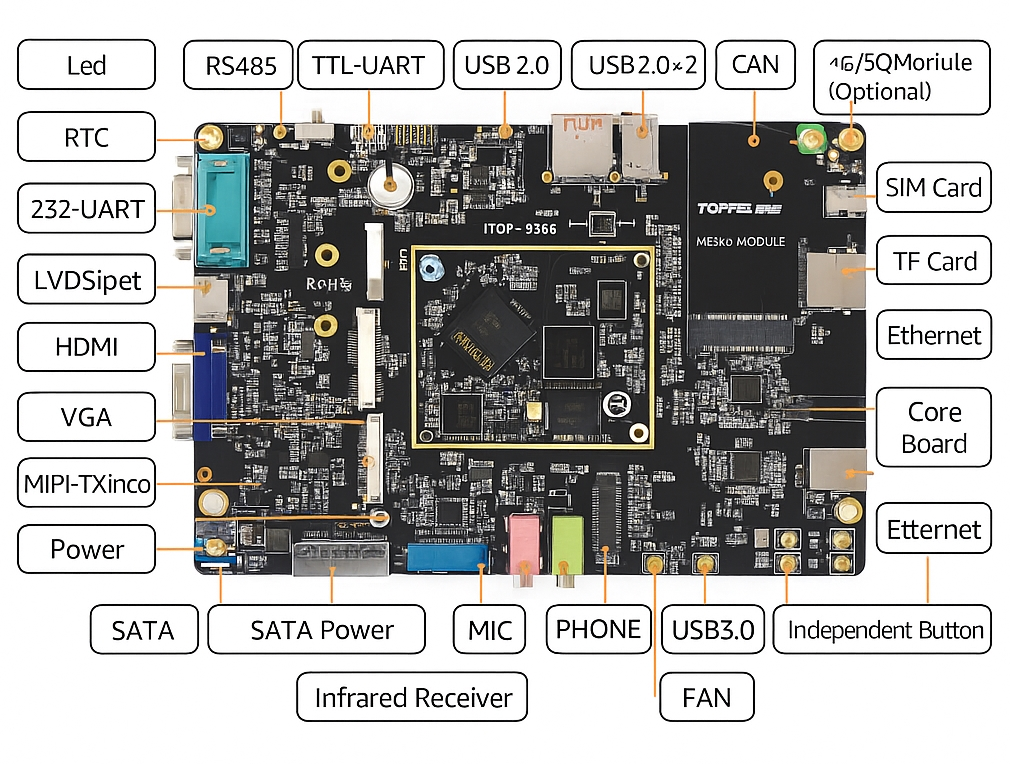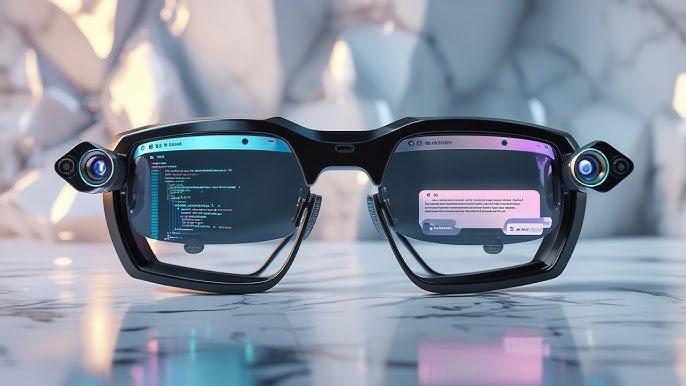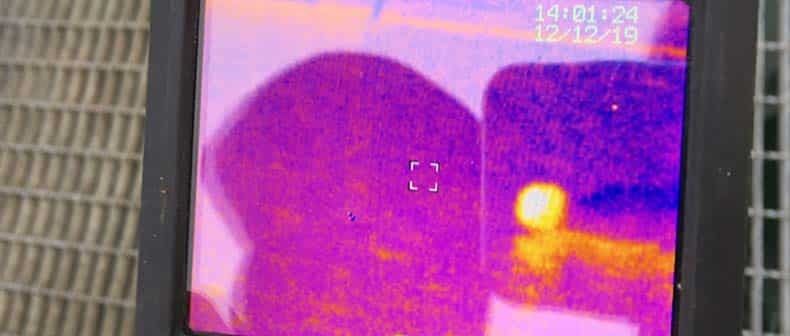Defect detection is critical for quality control in industrial production. Deep learning has revolutionized this field by offering robust, accurate solutions for detecting diverse surface defects. This article explores deep learning-based approaches for defect detection, comparing them to traditional methods and detailing specific applications.
Background
Automation in industrial production has reduced reliance on manual labor, enhancing efficiency and quality. Surface defect detection, a key quality control step, identifies issues like stains, tears, scratches, or cracks on products such as textiles, metals, or ceramics. The diversity and variability of defects pose challenges for automated detection, necessitating advanced techniques.
Traditional Defect Detection Methods
Traditional algorithms involve image preprocessing followed by statistical machine learning for feature extraction and defect identification. Preprocessing steps include histogram equalization, noise filtering, grayscale binarization, and additional filtering to simplify foreground-background separation. Techniques like mathematical morphology, Fourier transforms, or Gabor transforms, combined with machine learning models, then detect defects.
While effective in specific cases, traditional methods have limitations:
- Complex, application-specific preprocessing reduces robustness.
- High computational demands hinder scalability.
- Inability to accurately detect defect size and shape.
Deep learning overcomes these issues by learning features directly from data, offering superior robustness and precision without complex preprocessing.
Deep Learning-Based Defect Detection
Deep learning has been successfully applied to defect detection in metals, textiles, construction materials, and steel, offering high accuracy and adaptability. Below are specific approaches for different defect types.
Crack Detection
Cracks in construction materials like tiles impact structural safety. Manual inspection is limited, making computer vision-based detection more reliable. The Faster R-CNN framework, combining Region Proposal Network (RPN) and Fast R-CNN, enables near real-time crack detection.
RPN Workflow:
- Extract feature maps from input images using a convolutional neural network (CNN).
- Map sliding window features to vectors, feeding them into Softmax and Regressor layers.
- Predict bounding box coordinates for potential defects.
Fast R-CNN Workflow:
- Extract feature maps and regions of interest (ROIs).
- Pool ROIs to obtain fixed-size feature vectors.
- Feed vectors into fully connected layers for bounding box localization and defect classification.
Breakage Detection
In industries like electrified railways, detecting defects in critical fasteners is vital for safety. A cascaded detection network using deep convolutional neural networks (DCNNs) with SSD and YOLO frameworks achieves coarse-to-fine detection.
Fastener Localization:
- Use SSD for precise cantilever node localization.
- Apply YOLO for rapid fastener localization.
Defect Detection and Classification:
- Identify defects based on fastener localization.
- Use a DCNN with four convolutional layers for defect classification.
DCNNs¡¯ robustness and adaptability make them ideal for fast, accurate fastener defect detection.
Spot Defect Detection
Spot defects, common in textiles, wood, and ceramics, are detected using texture consistency. A convolutional denoising autoencoder (CDAE) with an image pyramid structure enhances detection robustness.
Training Phase:
- Preprocessing: Normalize illumination, apply Gaussian pyramid downsampling, and reduce noise.
- Patch Extraction: Extract patches to train CDAE networks for each pyramid level.
- Model Training: Use reconstruction residuals as pixel-level defect predictors.
- Threshold Setting: Define thresholds to distinguish defective from non-defective points.
Testing Phase:
- Preprocessing: Apply illumination normalization and Gaussian pyramid downsampling.
- Patch Extraction: Extract patches for texture analysis.
- Residual Map Construction: Slide a local receptive field over the trained model to predict pixel-level defects.
- Defect Segmentation: Segment residual maps for each pyramid level.
- Synthesis: Combine multi-level pyramid data for robust and accurate detection.
Unsupervised learning and multi-modal fusion enhance detection accuracy and robustness.
Scratch Detection
Scratch detection is critical for metal products, where aesthetic and functional integrity is paramount. A cascaded autoencoder (CASAE) framework, based on fully convolutional networks (FCNs), is used.
CASAE Architecture:
- Cascades two autoencoders with convolutional, deconvolutional, and skip-connection layers.
- Processes images to generate defect prediction masks.
Threshold Module:
- Refines prediction masks for improved accuracy.
Defect Region Detection:
- Uses semantic segmentation to identify potential defect regions.
- Applies blob analysis to extract precise defect contours and minimum bounding rectangles.
Conclusion
Deep learning-based defect detection, using frameworks like Faster R-CNN, SSD, YOLO, and CDAE, offers superior accuracy and robustness compared to traditional methods. These approaches effectively handle cracks, breakages, spots, and scratches across industries like construction, rail, textiles, and metals, streamlining quality control and enhancing production efficiency.
 ALLPCB
ALLPCB


